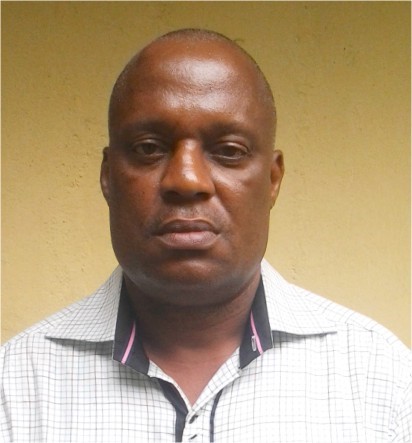 |
|
Dr. T.N. Gbarakoro holds a B.Sc. degree in applied biology (zoology) and M. Phil in applied Entomology from the Rivers State University of Science and Technology, Port Harcourt, in 1985 and 1995 respectively, and a PhD in Environmental Entomology from University of Port Harcourt in 2011. He has worked as an Agricultural Entomologist with the Niger Delta Basin Rural Development Authority from 2001 to 2004. He has also served as Vice Chairman of Khana Local Government Area, River State. His postgraduate research activities were on the richness, diversity and abundance of soil micro arthropods in the Niger Delta region of Nigeria, their response to environmental pollution from oil, pesticides and steel industry wastes.
e-mail : This email address is being protected from spambots. You need JavaScript enabled to view it.
Mobile: +2348037048057
Reseach:
-
Soil Microarthropods in Secondary Rain Forest in Rivers State, Nigeria.The soil microarthropods of tropical Africa have received limited attention, compared to those in the paleoartic and neartic regions. The study addresses this dearth of information (diversity and distribution) in an unpolluted habitat. The aim of this research include:
Determination of the nature and seasonal changes in Soil Miroarthropods (mesofauna) assemblages in an unpolluted habitat in a secondary lowland rainforest, Rivers State, Nigeria.
-
Soil Microarthropods as Ecosystem Health Indicators of oil pollution in a secondary Rain Forest, Rivers State, Nigeria. The aim of this research include:
Determination of the qualitative and quantitative changes in Soil Microathropods resulting from oil pollution and mesofauna’s role as ecosystem health indicators.
-
The impact of oil pollution on vertical distribution of Soil Microarthropods in the soil profile. The aim of this research include:
To assess the impact of oil pollution on the distribution of these soil microarthropods and the relationship between post-oil pollution intervals and the vertical distribution of the mesofauna.
-
Ecosystem recovery after an oil spill using mites and collembolans as index. The aim of this research includes:
To assess trends in the recovery of these mesofauna, post-oil pollution.
-
Long-term impact of oil pollution on vegetation diversity and structure in a secondary rainforest, Rivers State, Nigeria. The aim of this research include:
To assess above-ground vegetation during the studies on long-term effects of oil pollution on soil microathropods.
-
Performance of spintor dust and acetellic 2% dust for managing Sitophilus zemais in different maize varieties in the Niger Delta. The purpose of this research is to:
Ascertain the potency of two insecticides in managing Sitophilus zemais in store maize.
|


